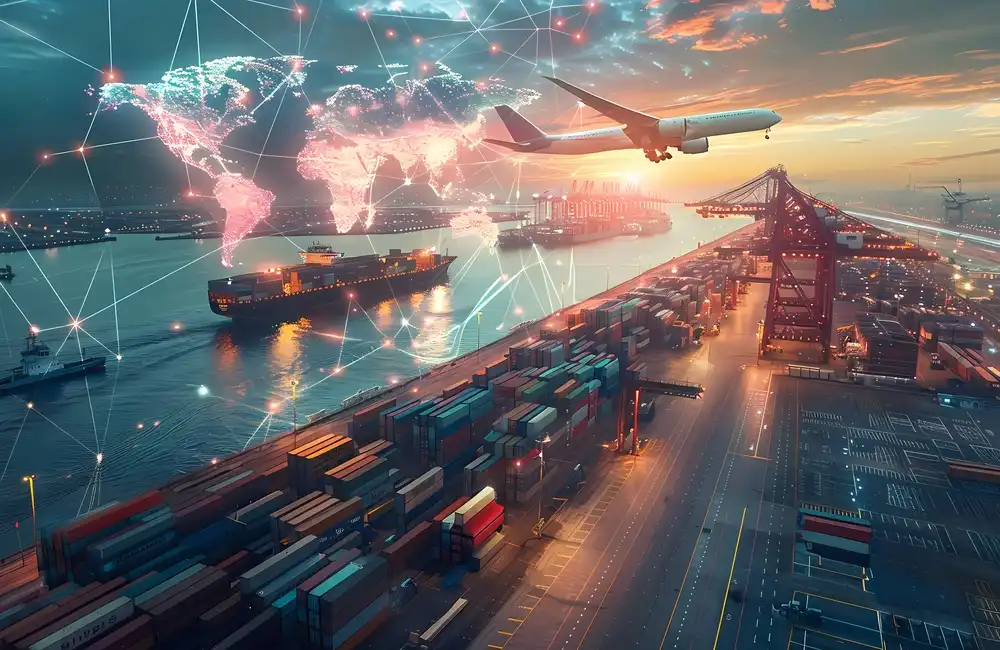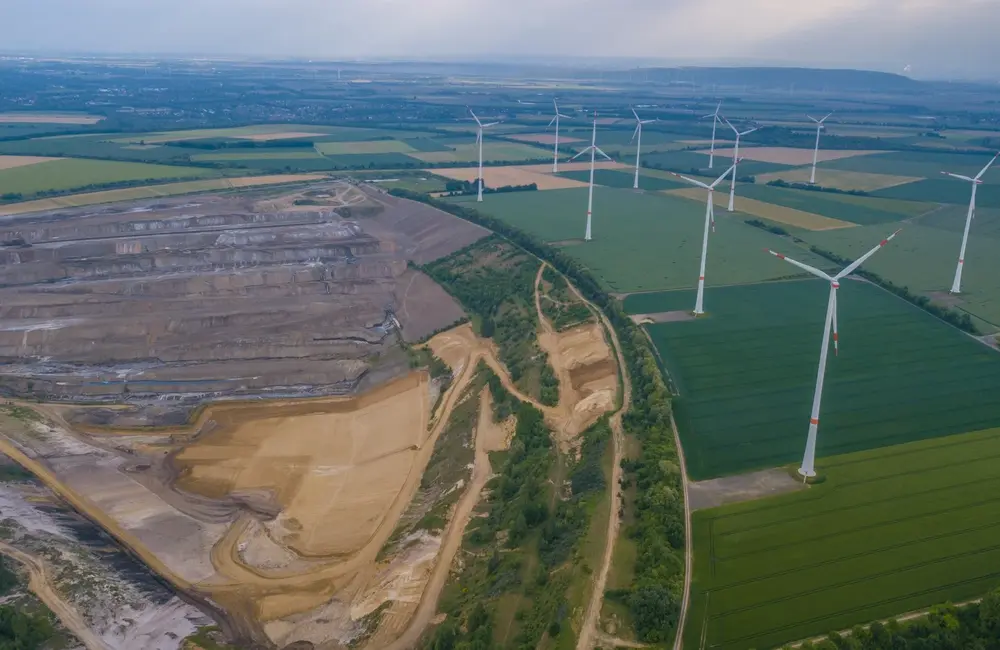Capital at risk. Investments and the income derived from them can decrease as well as increase and are not guaranteed. The amount originally invested may not be returned to investors.
This energy transition relies on several mined commodities. For instance, copper’s high conductivity is a requirement for diversified power grids; lithium or nickel is necessary for the EV (electric vehicle) revolution. Steel and rare earths are needed to run wind turbines, whereas solar panels demand steel, polysilicon, aluminium, zinc, and silver.
The International Energy Agency estimates total critical mineral demand (including lithium, cobalt, nickel, copper, and rare earth elements) will require almost seven-fold growth versus 2030 levels to hold global warming to 1.5 degrees. According to Bloomberg New Energy Finance (BNEF), demand for energy transition metals (aluminium, cobalt, copper, lithium, manganese, nickel, rare earths, silver, and steel) is expected to increase more than fivefold from 2020 to 2050.
None of the predictions made assures that the forecasts will come true.
This will likely lead to increased demand for these mined commodities as governments across the globe compete for energy independence. Policy changes announced worldwide have focused almost exclusively on lower-carbon technologies, many of which are commodity-intensive. These include the Inflation Reduction Act of 2022 and the European Green Deal, which sets out to make Europe carbon-neutral by 2050.
At the same time, a more nationalistic approach to the extraction of natural resources could change the supply picture, as countries around the globe seek to safeguard access to key natural resources that will assist their transition to clean energy. The clearest illustration of this power in 2023 was the closure of the Cobre Panama copper mine after a supreme court ruling deemed the operator’s concession unconstitutional.
Copper is the metal of electrification. Not only did this immediately cut 1% of global copper supply, but this case and others like it discourage companies from investing in new projects—further squeezing supply at a moment when demand is growing.
The subsequent move to scale up emission cuts
Until now, both policymakers and investors have primarily focused on reducing emissions at the energy production stage. But there are also emissions embedded in the materials that enable decarbonisation, and removing them is important too.
The leaders within these segments are beginning to differentiate themselves by decarbonising their operations, in addition to advocating for emission reductions downstream as a result of their products.
Over time, markets should begin rewarding the efforts of companies to decarbonise their operations. ‘Green’ miners may be better placed than ‘brown’ ones, capturing a larger share of the capital that ultimately must flow into these sectors.
What does adoption in miners appear like toward greener practices?
Changes are already being made by mining professionals. There are easier wins, like converting fossil fuels to renewables to power operations. But there are also more sophisticated options, such as leveraging storage hubs for carbon capture or accessing green hydrogen pipeline networks.
Technology and AI are assisting with precise targeting of mining projects and with energy optimisation, such as waste heat recovery, smart process control, and monitoring systems.
New, innovative methods are also emerging. One example is ‘leaching’, a low-carbon technique for increasing copper supply.
The mining sector has a significant role to play in the energy transition, and some companies are actively improving their carbon footprint. This creates thrilling investment prospects throughout the sector.

















